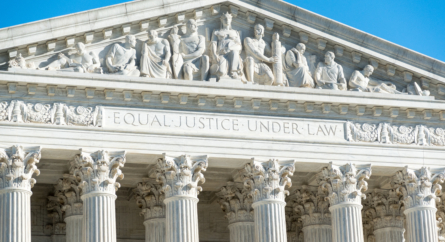Brigid Harrington Writes “Affirmative Action and the Search for Alternatives” for the New England Board of Higher Education
Two key affirmative action cases before the U.S. Supreme Court this year may result in a decision that overturns the Court’s 19-year-old ruling that allows race to be a factor in college admissions decisions. The lawsuits, which were filed by Students for Fair Admissions against Harvard University and the University of North Carolina, argue it was unconstitutional to use race as part of the holistic admissions process.
In her article “Affirmative Action and the Search for Alternatives,” for the New England Board of Higher Education, Brigid Harrington discusses the challenges that colleges and universities will face if the Court ends race-based admissions, the various alternative strategies schools have implemented to try to achieve diversity (ending early admission, eliminating legacy preference programs, etc.), as well as ideas for schools that are looking to expand diversity beyond race. Here is an excerpt:
The vast majority of colleges include diversity as part of their mission statements. But they will now need to engage in some deep soul-searching to decide what diversity really means to them. Do they want only students of different races on campus or do they really seek diversity of student viewpoints and life experiences?
To be sure, race – especially in America – influences a person’s life experience, and most colleges would agree that having students interact with classmates from other races in itself is valuable. But there are many other types of diversity, too, and schools may want to balance them all, including cultural, religious, geographic and socioeconomic diversity.
Continue reading the full article “Affirmative Action and the Search for Alternatives” on the New England Board of Higher Education website.
Categorized: Publications
Tagged In: diversity, affirmative action, race-based admissions, Students for Fair Admissions, diverse college campus








